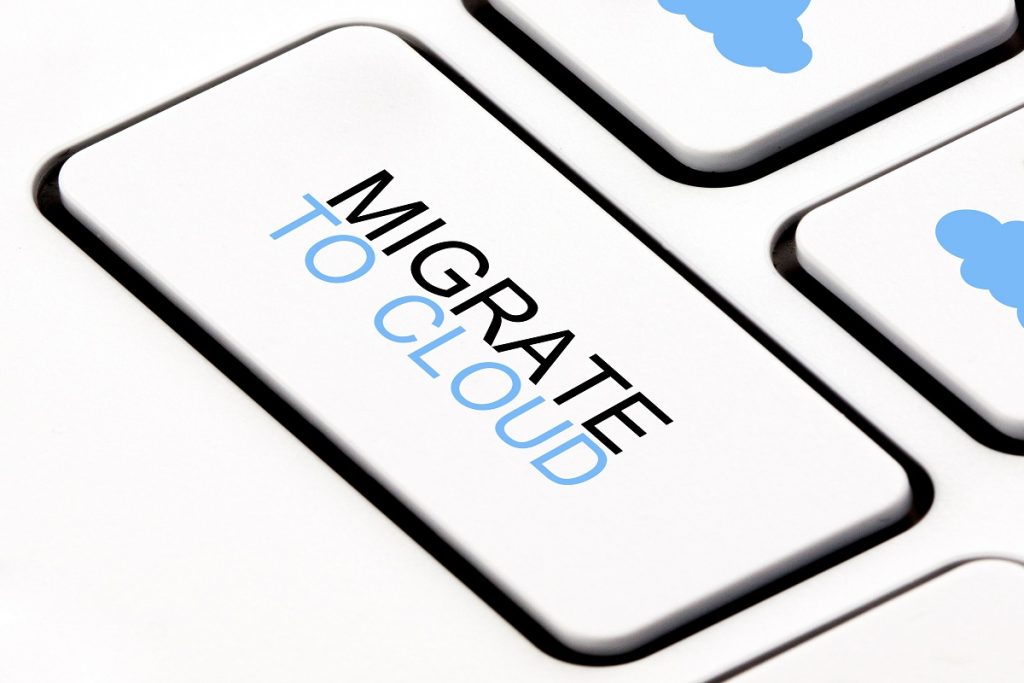The 10 requisites for Migrating to Cloud in 2020 includes:
- Evaluating the current situation, licensing, infrastructure as well as staffing: It is primarily critical to identify the end of life leases, hardware, warranties and agreements. Accordingly, it is critical understand the need of a flexible subscription and automation solutions.
- Defining the role of the Cloud Migration planner: Next, step lies in defining the roles of the planner of Cloud Migration like designing strategies for migrating the data, requirements of cloud infrastructure, identifying the priorities of migration and switchover mechanisms
- Selecting between shallow and deep Cloud integration level: In shallow integration level just the application on-premise is moved to cloud and no changes are made in cloud. On the other hand, in deep integration, the application is modified at the time of the process of migration for taking cloud capabilities as an advantage.
- Selecting between a multi-cloud and a single cloud: Understanding the current requirements and accordingly optimizing applications based on a single cloud or a multi cloud environment is the key objective in this step. For the latter, it is imperative to run one trail of applications in 1 provider of cloud and a different set in another.
- Establishing Cloud KPIs: While migrating the cloud, the key categories which must be considered are user experience, infrastructure, component/ application and business engagement. The KPI’s include response time, page load time, duration of session, lag, rates of error, apdex, throughout, accessibility, percentage of usage of CPU, usage of memory, performance of disk, rates of engagement, conversion rates etc.
- Evaluation of the requirements of security for understanding the implications: Security requirements form a critical priority to assess the private VLANs, VPNs, LDAP authentication etc.
- Prioritization of components in migration: The next step lies in recognizing the key connections in between the services and the services relying on the other services like dependency diagrams.
- Performing requisite refactoring: One might want to refactor applications such that it effectively works with several running instances for enabling dynamic scaling and saving the money on the costs of cloud and such that the utilization of resources can use the benefit of capabilities of dynamic cloud.
- Planning the migration for reducing the downtime/ impact and have a good change management practice implemented: In this step the processes are identified, which can augment the cloud’s flexibility, develop a plan of internal awareness, consider internal bill-backs, plan a new model for customer support and test the environment.
- Assessing the optimization process for allocating to resources: Lastly after the migration process is accomplished, planning must be done to distribute resources to the application for optimization. When one needs the allocation of added resources to cloud application, they are generally accessible from perhaps any vendor in any quantity.

